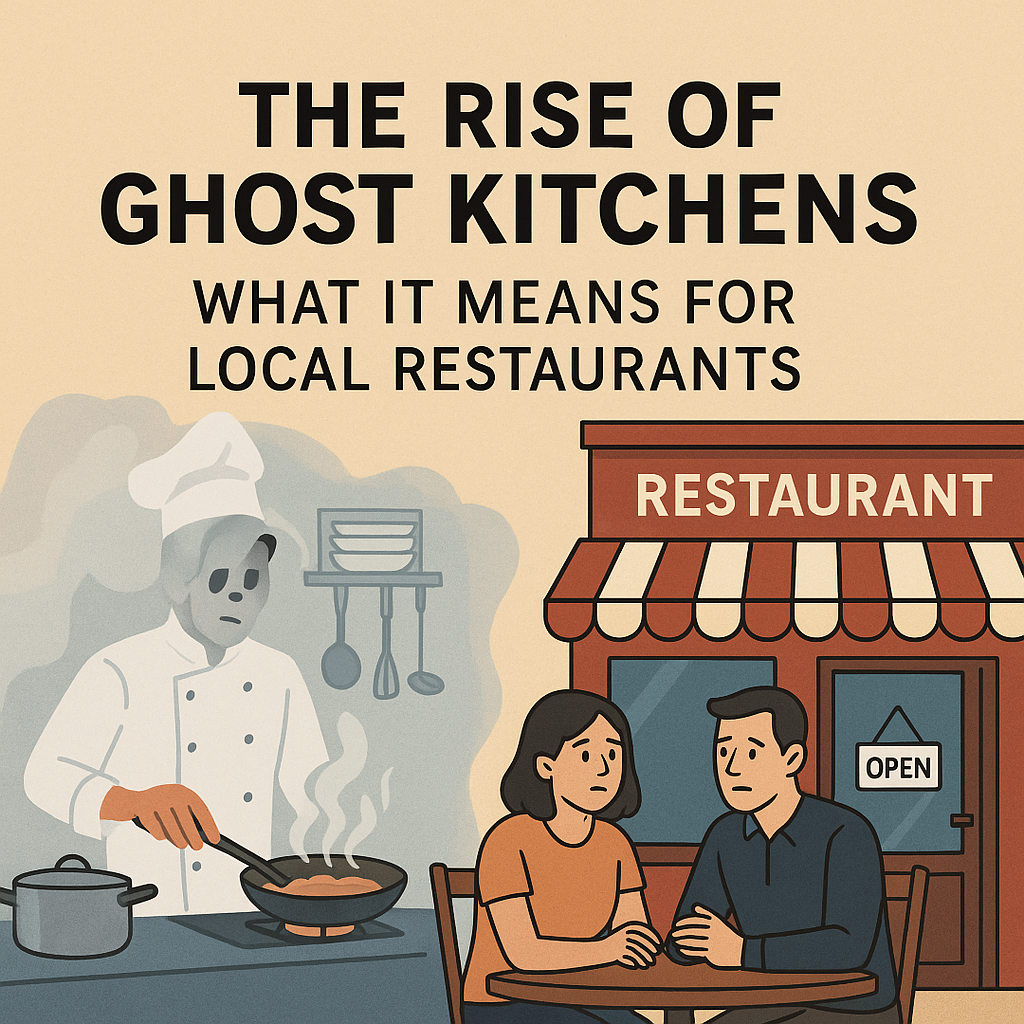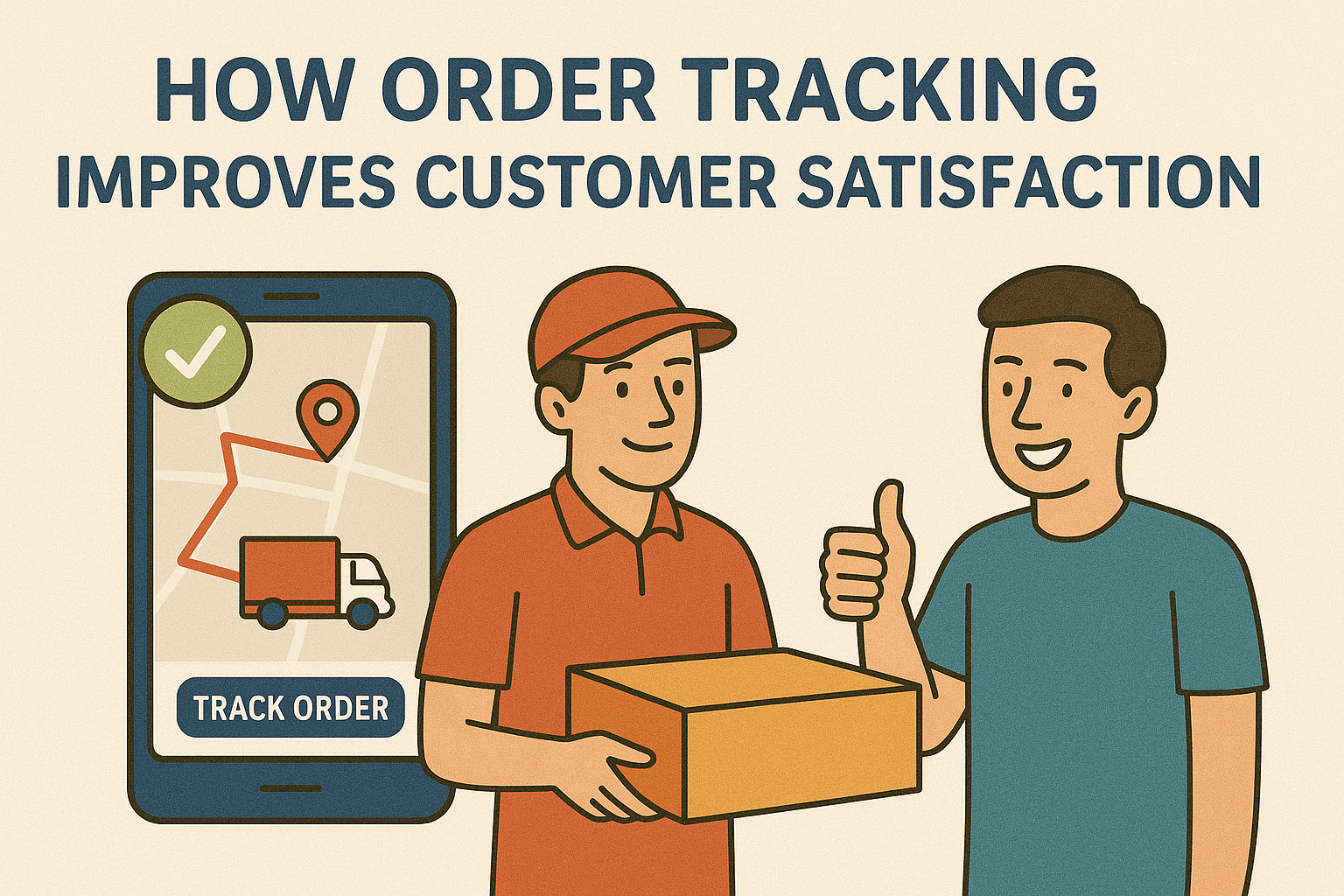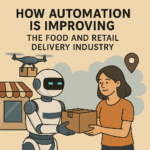The restaurant industry is undergoing a major transformation, driven by technology, shifting consumer behaviors, and the demand for convenience. One of the most significant changes in recent years is the rise of ghost kitchens—delivery-only food establishments that operate without a traditional dine-in space. Also known as cloud kitchens, dark kitchens, or virtual restaurants, these establishments have disrupted the food industry and created new opportunities and challenges for local restaurants. In this article, we will explore the impact of ghost kitchens on traditional eateries and how local restaurants can adapt to this evolving landscape.
What Are Ghost Kitchens?
A ghost kitchen is a commercial kitchen that prepares food exclusively for delivery and takeout. Unlike brick-and-mortar restaurants, these kitchens do not have a front-of-house area where customers can dine. Instead, they focus on fulfilling orders placed through online food delivery platforms like Uber Eats, Deliveroo, and DoorDash.
Types of Ghost Kitchens
- Independent Ghost Kitchens – Standalone operations that run multiple virtual brands from a single kitchen.
- Restaurant-Owned Ghost Kitchens – Traditional restaurants launching delivery-only brands to increase revenue.
- Third-Party Ghost Kitchens – Large facilities where multiple brands rent kitchen space, operated by companies like CloudKitchens or Kitchen United.
Why Are Ghost Kitchens Growing So Quickly?
The rapid growth of ghost kitchens is fueled by several key factors:
1. Booming Online Food Delivery Market
With the rise of food delivery apps, customers now expect to have restaurant-quality meals delivered to their doorsteps. The global online food delivery market is projected to reach $200 billion by 2025, creating a lucrative opportunity for ghost kitchens.
2. Lower Overhead Costs
Traditional restaurants face high costs related to rent, utilities, staff, and interior decor. Ghost kitchens eliminate many of these expenses, allowing operators to focus purely on food production.
3. Flexibility and Scalability
Ghost kitchens allow businesses to test new food concepts, expand into new markets, and quickly adjust menus based on demand without the risk of opening new physical locations.
4. Pandemic-Driven Shift in Dining Habits
The COVID-19 pandemic accelerated the adoption of online food delivery and takeout. Even as restrictions ease, many consumers continue to prefer the convenience of delivery over dining out.
How Ghost Kitchens Are Affecting Local Restaurants
While ghost kitchens offer significant advantages for entrepreneurs and food brands, they also pose challenges for independent restaurants and local eateries.
1. Increased Competition
Local restaurants now face competition from both traditional eateries and ghost kitchens that have lower operating costs and optimized delivery logistics.
2. Rising Marketing Costs
With more businesses relying on online delivery platforms, restaurants must invest more in digital marketing, SEO for restaurant websites, and social media advertising to stand out from competitors.
3. Pressure on Profit Margins
Delivery platforms charge commissions of 20-30% per order, which can significantly cut into a restaurant’s profitability. Local restaurants may struggle to maintain margins while competing with ghost kitchens that are optimized for high-volume, low-cost production.
4. Loss of Direct Customer Relationships
Traditional restaurants thrive on personal interactions with diners, fostering loyalty through exceptional service. Ghost kitchens operate in a transactional manner, making it difficult to build strong customer relationships.
How Local Restaurants Can Compete With Ghost Kitchens
While ghost kitchens pose challenges, local restaurants can take strategic steps to adapt and thrive in this evolving food industry.
1. Optimize Delivery and Takeout Services
Local restaurants should enhance their food delivery strategy by improving packaging, streamlining kitchen operations, and ensuring fast, reliable service.
2. Develop a Strong Online Presence
Investing in local SEO, Google My Business listings, and an engaging social media presence can help restaurants stay visible and attract online orders.
3. Leverage Customer Loyalty Programs
Implementing loyalty programs and exclusive discounts for direct orders can encourage repeat business and reduce reliance on third-party delivery apps.
4. Expand Into the Ghost Kitchen Model
Some local restaurants can establish their own virtual brands within ghost kitchens to capitalize on the online delivery trend without the costs of opening additional locations.
5. Partner With Local Suppliers and Sustainable Brands
Highlighting local ingredients, sustainability initiatives, and farm-to-table partnerships can differentiate restaurants from generic ghost kitchen offerings.
The Future of Ghost Kitchens and Local Restaurants
The restaurant industry is continuously evolving, and ghost kitchens are likely here to stay. However, this does not mean the end of traditional local dining establishments. Instead, it presents an opportunity for innovation and adaptation.
- Hybrid Models Will Emerge: More restaurants may adopt a combination of brick-and-mortar dining with virtual brands operating from ghost kitchens.
- Technology Will Play a Bigger Role: AI-powered order management, smart kitchens, and robotic food preparation will enhance efficiency and reduce operational costs.
- Consumer Preferences Will Shift: While convenience is key, many diners will continue to seek unique in-person dining experiences that ghost kitchens cannot offer.
Conclusion
The rise of ghost kitchens is transforming the food industry, offering both opportunities and challenges for local restaurants. While ghost kitchens enable cost-effective, scalable food delivery solutions, they also create increased competition and force traditional restaurants to rethink their strategies. By embracing technology, strengthening customer relationships, and diversifying revenue streams, local restaurants can not only survive but thrive in this new digital-first dining landscape.
In the end, the key to success in the restaurant industry will always be delicious food, excellent service, and a strong connection with customers, whether that happens in a cozy dining room or through a delivery app.


